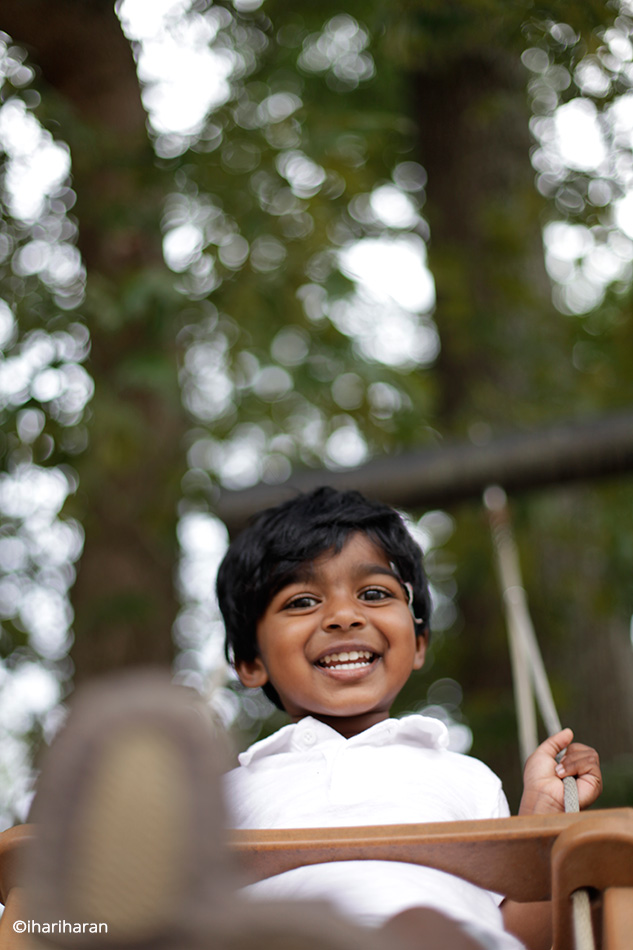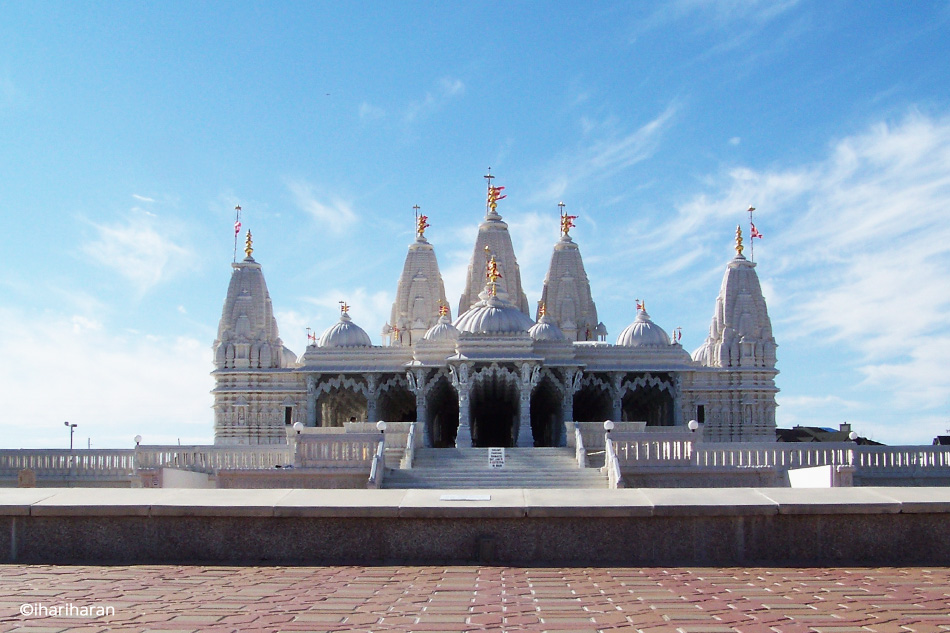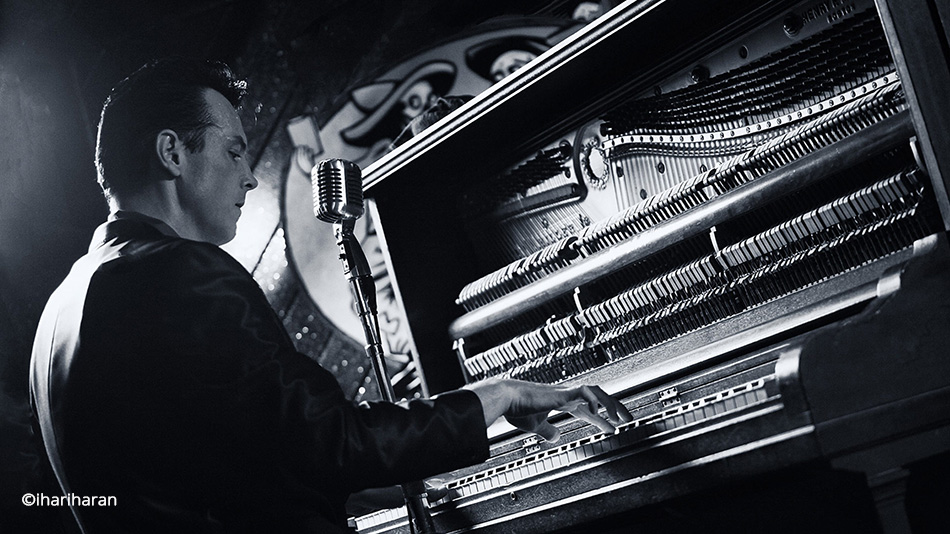One of the secrets to professional-looking photography is mastering exactly how much of your photograph is in focus. Controlling the depth of field (DOF) allows you to set which objects are focused and which are blurred. This tutorial explains depth of field with examples and describes how to utilize this essential skill with your camera.

Basically defined, depth of field (DOF) is the distance between the nearest and the farthest objects that are in focus within an image or photo. Blurring the background of your photo is something with which many beginning photographers struggle. Understanding DOF is key to achieving this effect.
DOF: Shallow versus Greater
DOF is loosely grouped into two different types: shallow DOF and greater DOF. Sometimes these will be called “shallow focus” and “deep focus” instead. Shallow DOF is when only a portion of the picture is in focus as seen in the photograph above. Greater DOF (or “deep focus”) is when everything in the picture appears in focus as seen in the photograph below.

Photographers use shallow DOF to bring attention to the main subject or main component of a picture. Shallow DOF helps photographers remove distracting backgrounds and other unwanted competing components from the frame. This allows the viewer to focus on the subject of the photograph. Blurring the background away has been used within multiple art styles throughout history. Often this blurring of nonessential elements is called the Bokeh effect.
Although exceptions exist, usually portrait photos are shot in shallow DOF, and landscape photos are shot in greater DOF.
In the photograph below, the main subject is my son Arjun taking a picture with his “picture camera.” Since it was shot with greater DOF, everything in the picture is in focus. This makes the background a distraction. The TV and other objects in the kitchen draw the viewer’s attention away from my son, the subject of the photo. This makes determining the actual main subject difficult. Most of all, this picture is not visually appealing.

Although it is common practice to shoot portrait photographs using shallow DOF, not all portraits are best shot in this manner. In the conceptual portrait of the professional musician below, the photo would not be as full of meaning if I had photographed him alone without focusing on the microphone, piano, and stage background. This whole picture tells the story of his profession and his performance on stage.
As a photographer, you decide what your viewer must see. Applying shallow or greater DOF is an essential decision that depends on the story that you want to convey to your viewer.

Now that you have a better understanding of depth of field, let us explore how to shoot shallow or greater DOF photos using your camera.
F-Stop
Displayed on your LCD screen or viewfinder, you should see the letter “F” along with a number such as 1.8, 2.8, 4, 5.6, 8, 11, 16, 22, etc. These numbers are called f-stop numbers. F-stop numbers control the lens opening which controls the amount of light that hits your camera sensor. These numbers are otherwise known as the aperture value. Controlling aperture values allow you to get the depth of field that you want.
In simple terms, the lower (smaller) the f-stop number, the more shallow the DOF. The greater (larger) the f-stop number, the greater the DOF.
If you are using a fully auto-mode on your camera, you will not be able to control the f-stop numbers. Changing the camera to aperture mode is the best way to control DOF. For example, change your camera dial mode to “Av” in Canon or “A” in Nikon. Other manufacturers may use different terms for aperture mode. Below are images showing how to select Canon/Nikon aperture modes on these common dials.


Once you have changed to aperture mode, you can control your f-stop (aperture values) numbers using your main dial control, which is usually near your shutter button. If you cannot go beyond certain f-stop numbers such as F3.5 or F1.8 on the lower end, that means the maximum aperture value of your lens is limited to that number. More expensive lenses frequently will have lower f-stop values. One of the reasons they are of higher value is that they allow for a smaller DOF and, thus, more blurring of the background.
You can always see the aperture range that your lens supports on the top or front of the lens. For instance, let us examine the common Canon 18-55mm f/3.5-5.6 kit lens. With this lens, we can go from F3.5, when you are zoomed out all the way to 18mm, and to F5.6, when zoomed in all the way to 55mm. This relatively inexpensive lens is unable to provide a shallow enough DOF to blur out the background in some circumstances.
Here are a few examples with the aperture value (f-stop number) highlighted. At lower F values, we are throwing the background out of focus or increasing the amount of Bokeh. You will also notice that when the f-stop number goes beyond F8, the majority of the picture is within focus.
Shallow DOF Examples
With this first example, you can see a classic portrait style where our athlete is in focus. Everything else is blurred out.

In the next image, I have highlighted the out-of-focus coach in the foreground and the child in the background. The actual focal point is the players who are active with the basketball. This is a good example of using DOF to emphasize the important aspects of the photo.

I shot this picture with an ultra-wide angle lens at F2.8. The resting athlete, the subject of our photograph, is in focus while the boys playing basketball are not. Alternatively, we could have focused on the boys instead. Either of these focus decisions are much more interesting than just having the whole image in focus by using a high F-stop and larger DOF.

Greater DOF Examples
In the picture below, the foreground and the farther background, which is a library building, are all in focus because of the f-stop value of 9. Anything beyond F/8 will keep almost everything in focus up to a certain point.

Here is F/11 which shows a whole different perspective of the building along with my subject.

In the picture below, which I shot recently for an advertising company, the requirement was to show the Charlotte Art Wall used as a background for one artist. Thus, I shot it with F/16 on an ultra-wide angle lens to make sure everything was in sharp focus.

Now, just turn your camera mode to aperture mode and start experimenting with different f-stop numbers to see what you get. Do not worry about the rest of the controls. Your camera is manufactured in such a way that everything else is controlled automatically and gives you the luxury to control only your depth of field. Experimentation will allow you to master the control of depth of field within your photography.





